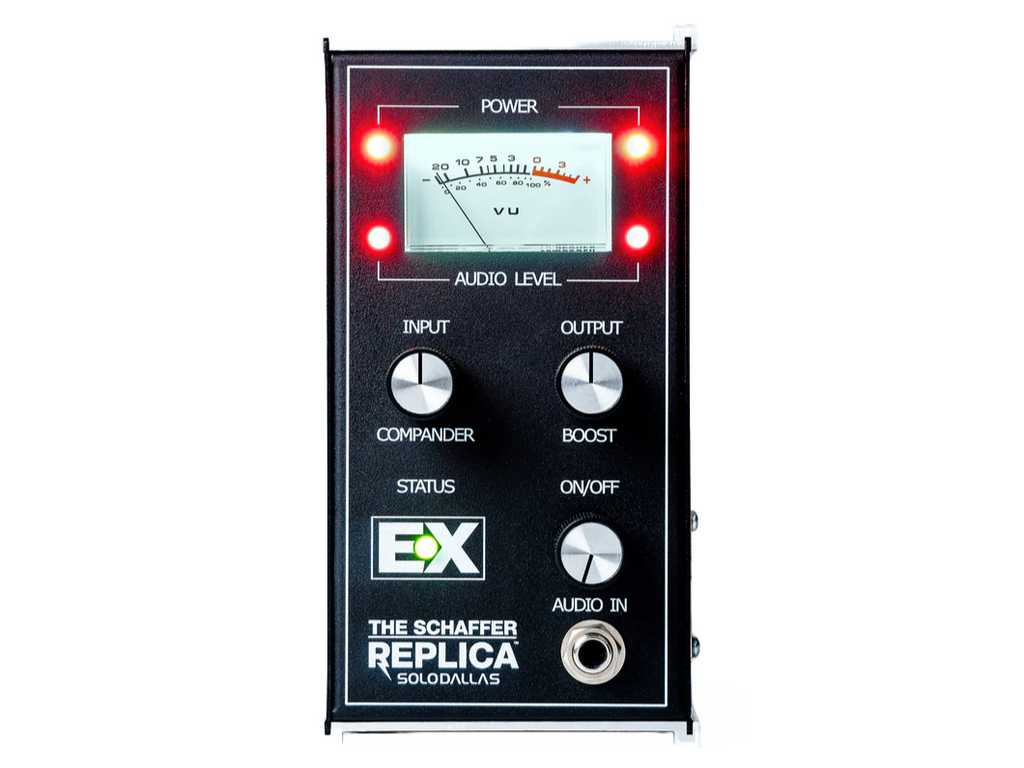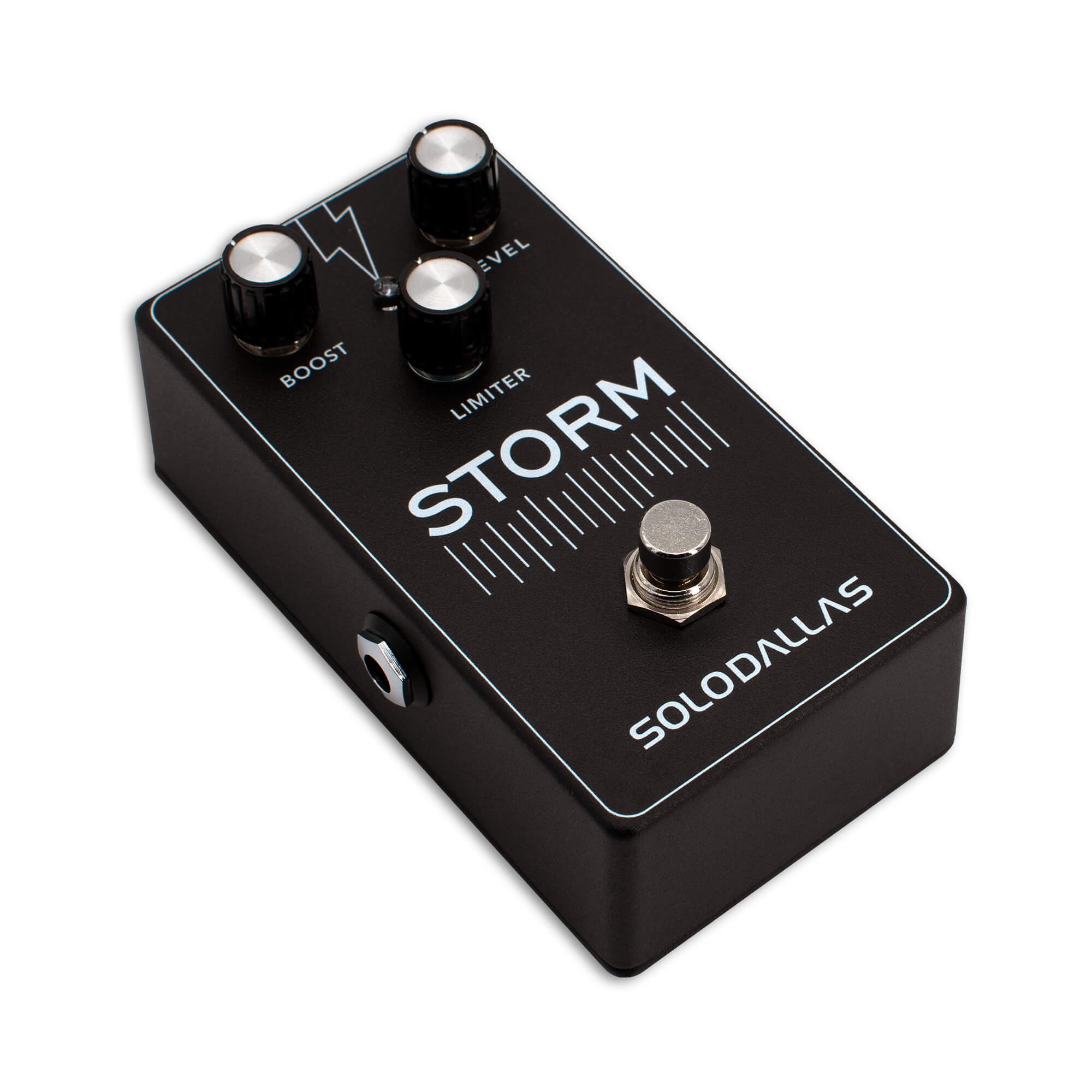Note: please don't quote the entire thing, I might want to edit this post.
Some info about the important switches on the Mark IV.
PULL FAT:
Pulling this control adds a bigger treble cap in the tonestack shifting the treble frequency lower, effectively it's a low-mid frequency boost.
The Lonestart model (Cali Texas) has a 3-way switch for this cap, why did they skip it in the Mark IV model?
Most people Pull this control for the Metallica/Petrucci sound, it was modeled Pushed.
PULL BRIGHT:
Adds a small cathode cap in the 4th preamp gain stage resulting in a 6dB high shelf boost with a center frequency of 300Hz making things gainier, brighter and tighter.
It can be emulated by adding this high shelving boost filter
before the gain stage to add gain and saturation.
On the IIC+ Metallica didn't Pull this control, Petrucci did.
* I used this calculator (
LINK) to find what the extra cap does to the gain stage.
PRESENCE PULL SHIFT:
The most important tone shaping control in the Mark IV, it rearranges the NFB network in the poweramp that interacts with the cab and presence control.
Both Push and Pull should be modeled, each offers a completely different type of sound.
For the IIC+ sound we want it Pulled but the Lead channel was modeled with it Pushed.
As said, they already modeled it Pulled in the Rhythm 1 channel so it's a low hanging fruit, just add a new Lead channel with Rhythm 1 poweramp and make the Helix Mark IV Lead model have the classic Mark sound.
Triode/Pentode:
Rewires the two outer power tubes pair as Pentode or Triode.
Mark IIC+ and III had several models, DRG models were wired as Triode and had 75W, HRG were wired as Pentode and had 100W.
Petrucci used the HRG Pentode 100W models which his JP2C amp based on.
Metallica used the DRG Triode 75W models, their IIC++ amps were also DRG.
For most intents and purposes a Mark amp is used for (read: METAL) this can be left on Pentode.
Harmonics/Mid-Gain:
Similar to Pull Bright, Mid-Gain adds a cathode cap on the 5th (last) preamp gain stage, resulting in about 4dB high shelf boost with a center frequency of 80Hz, this is an "all frequency" tone shaping boost.
It can be emulated by adding this high shelving boost filter
before the gain stage to add gain and saturation.
Mark IIC+ and III did not have this cathode cap, set it to Harmonics and forget it.
----
In essence, when modeling the Mark IV they could have made better (more popular) choices regarding the fixed switches, mainly including the Pull Fat switch for the tonestack and using the Presence Pulled poweramp, the model could have covered a LOT more Mark sounds or at least the more popular sounds of bands like Lamb of God, Dream Theater and Metallica.
PS.
A real Mark IIC+ is worth having in your collection Line 6, some day....







